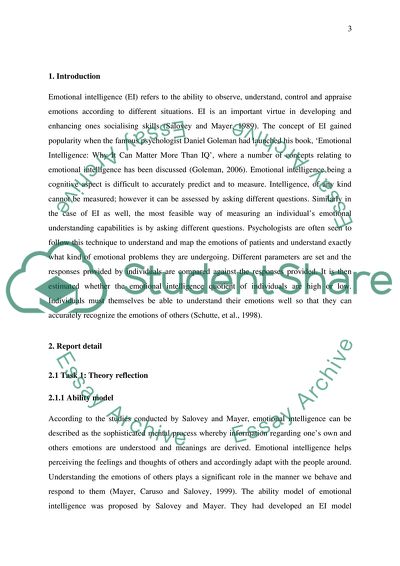Cite this document
(“Emotional intelligence and its role in leading, performance and Essay”, n.d.)
Emotional intelligence and its role in leading, performance and Essay. Retrieved from https://studentshare.org/human-resources/1673422-emotional-intelligence-and-its-role-in-leading-performance-and-wellbeing-2211
Emotional intelligence and its role in leading, performance and Essay. Retrieved from https://studentshare.org/human-resources/1673422-emotional-intelligence-and-its-role-in-leading-performance-and-wellbeing-2211
(Emotional Intelligence and Its Role in Leading, Performance and Essay)
Emotional Intelligence and Its Role in Leading, Performance and Essay. https://studentshare.org/human-resources/1673422-emotional-intelligence-and-its-role-in-leading-performance-and-wellbeing-2211.
Emotional Intelligence and Its Role in Leading, Performance and Essay. https://studentshare.org/human-resources/1673422-emotional-intelligence-and-its-role-in-leading-performance-and-wellbeing-2211.
“Emotional Intelligence and Its Role in Leading, Performance and Essay”, n.d. https://studentshare.org/human-resources/1673422-emotional-intelligence-and-its-role-in-leading-performance-and-wellbeing-2211.


